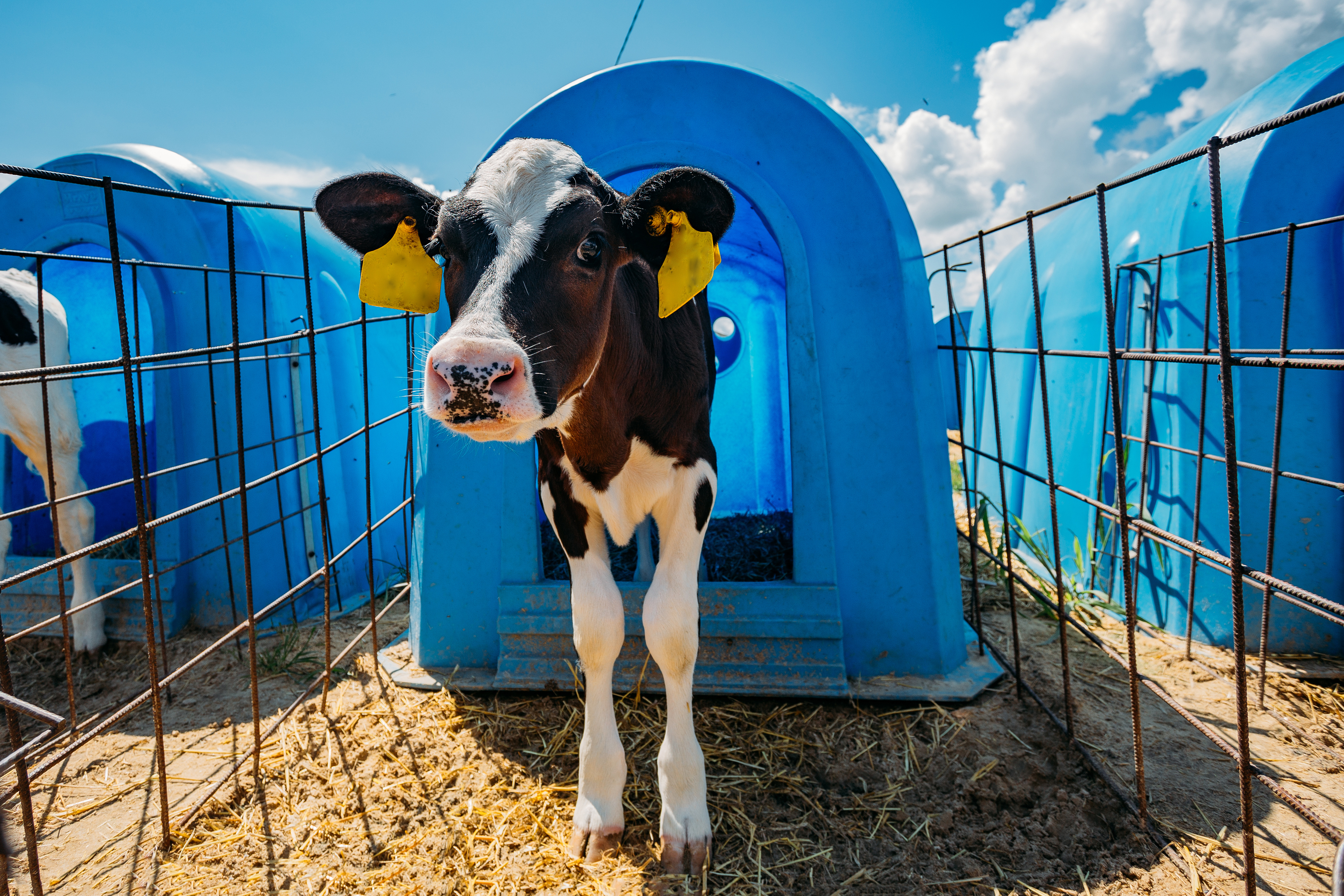Matthew D. Sellers, PhD
Recent Posts
IMPACT OF MILK PROTEIN SOURCE ON NUTRIENT DIGESTIBILITY & CALF PERFORMANCE
Posted by Matthew D. Sellers, PhD on Aug 13, 2020 8:30:27 AM
Defining the nutritional and functional differences between skim milk powder and whey protein concentrate and exploring the effects of these milk protein sources on nutrient digestibility and performance in calves.
Calf milk replacer (CMR) is fed to a majority of the dairy calves in the United States in place of whole milk because it is often more economical, provides convenience and consistency, and lowers risk of disease transmission from unpasteurized milk. Many CMRs are made exclusively from dairy ingredients due to the calf’s innate ability to efficiently digest, absorb, and utilize the nutrients that naturally exist in ingredients of dairy origin.
Research into products to replace whole milk began in the mid-20th century and primarily utilized casein, skim milk, and whey as protein sources. As reviewed in Kertz et al. (2017), the prevailing thought of the time was that quality of protein within a milk replacer was directly related to the ability of the milk replacer to form a clot in the abomasum, and that poor-quality CMR would not form clots in the abomasum, resulting in diarrhea and reduced calf performance. Given that CMRs formulated with dried skim milk powder (SMP) readily clot in the abomasum due to the presence of casein and CMRs formulated with whey protein concentrate (WPC) do not clot in the abomasum due to the absence of casein, one might assume that CMR formulated with SMP would result in improved health and digestibility in calves. A review by Logenbach and Heinrichs (1998) dispels this myth and states that factors other than clotting are responsible for observed differences in calf performance.
This paper defines the nutritional and functional differences between SMP and WPC and explores the effects of these milk protein sources on nutrient digestibility and performance in calves.
Read MoreTopics: ANIMAL NUTRITION

